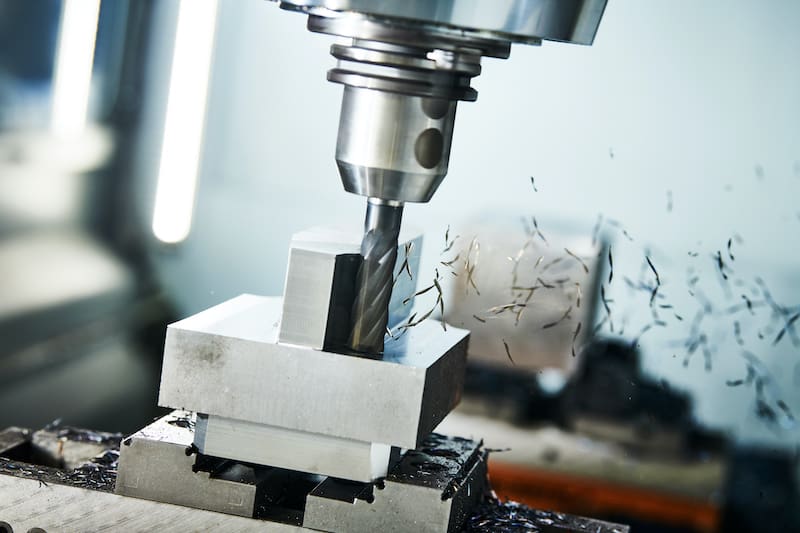In the world of precision manufacturing, CNC machining stands out as a versatile and efficient method for producing complex parts with exceptional precision. High-feed milling is a technique that takes CNC machining to the next level, offering faster material removal rates and reduced machining times. To make the most of this cutting-edge approach, here are five ways to maximize the efficiency of high-feed milling processes:
Tool Selection and Quality:
The foundation of any efficient machining process is the selection of the right cutting tools. For high-feed milling, choose high-quality tools designed for the task. High-speed steel (HSS) or carbide tools are common choices due to their durability and heat resistance. Ensure that tools are sharp, properly maintained, and regularly replaced to maintain optimal performance.
Optimize Feeds and Speeds:
Achieving maximum efficiency in high-feed milling hinges on precise control of feeds and speeds. Experiment with different combinations to find the sweet spot that balances material removal rates with tool longevity. Modern CNC machines often have built-in software that can help determine optimal settings based on tool type, material, and workpiece geometry.
Effective Toolpaths:
Generating efficient toolpaths is essential for high-feed milling. Utilize CAM (Computer-Aided Manufacturing) software to create toolpaths that minimize unnecessary tool engagement and reduce air cutting. This not only speeds up the machining process but also extends tool life.
Coolant Management:
Managing coolant effectively is crucial during high-feed milling. Coolant helps dissipate heat, prolongs tool life, and improves surface finish. Consider using high-pressure coolant systems that deliver coolant directly to the cutting zone. Regularly check coolant levels, cleanliness, and concentration to ensure it’s working at its best.
Fixture and Workpiece Stability:
High-feed milling involves fast and aggressive cutting, which can lead to vibrations if the workpiece is not securely held in place. Invest in robust workholding solutions and ensure the workpiece is properly secured to minimize vibrations and tool deflection. This not only improves efficiency but also maintains machining accuracy.
By implementing these strategies, your CNC machining company can significantly enhance the efficiency of high-feed milling processes. The benefits are numerous:
Faster Production: High-feed milling can dramatically reduce cycle times, allowing you to produce more parts in less time.
Cost Savings: Efficient machining reduces tool wear and energy consumption, translating into lower production costs.
Improved Tool Life: Proper tool selection and maintenance, along with optimized feeds and speeds, extend the life of cutting tools, reducing tool replacement costs.
Higher Quality Parts: High-feed milling can result in better surface finishes and tighter tolerances, ensuring the quality of your machined parts.
Competitive Advantage: Implementing efficient high-feed milling processes can give your CNC machining company a competitive edge in the market, attracting more customers and higher-value projects.
In conclusion, high-feed milling is a powerful technique that can revolutionize your CNC machining processes. By carefully selecting tools, optimizing feeds and speeds, planning effective toolpaths, managing coolant, and ensuring workpiece stability, you can unlock its full potential. Embracing these methods will not only boost efficiency but also lead to cost savings and higher-quality parts, establishing manufacturers such as Epic Tool as a leader in precision manufacturing. Contact us today for more information!


